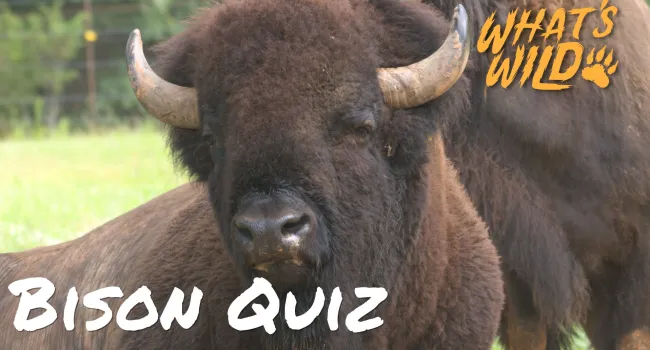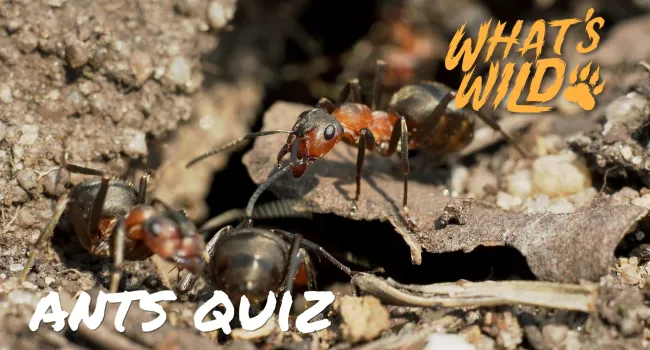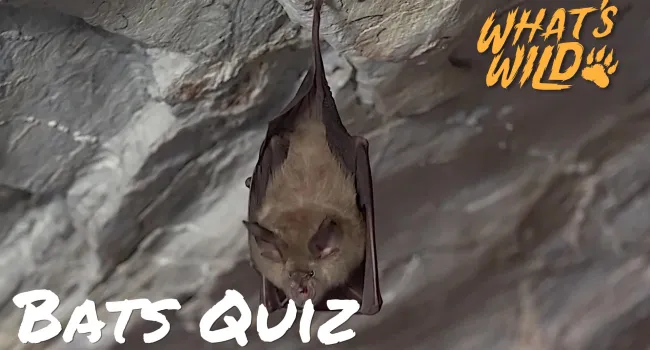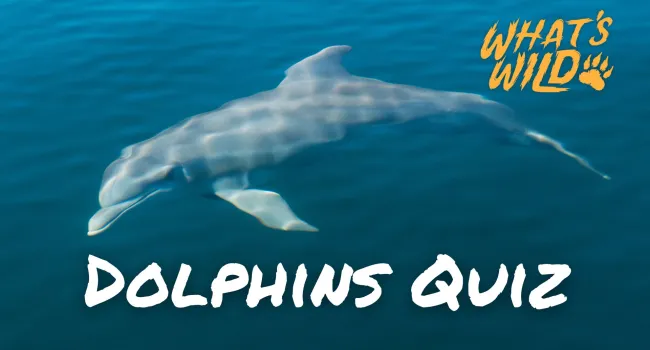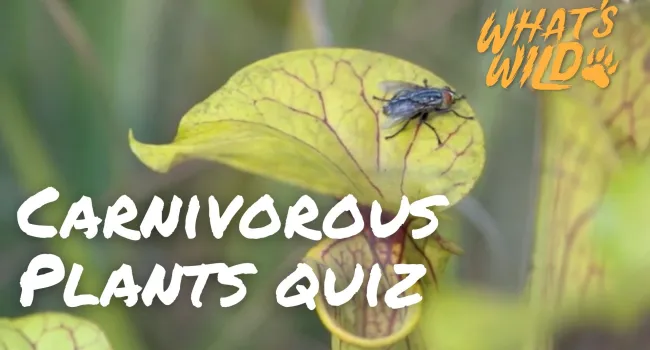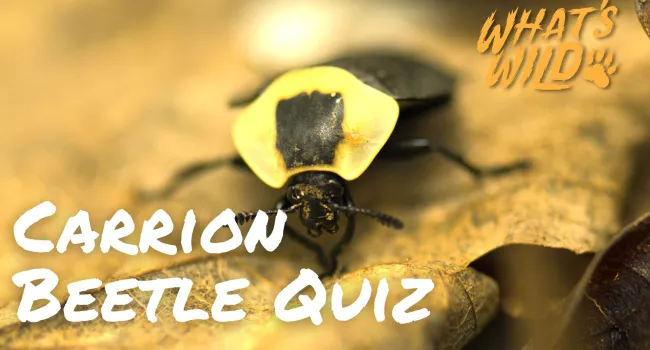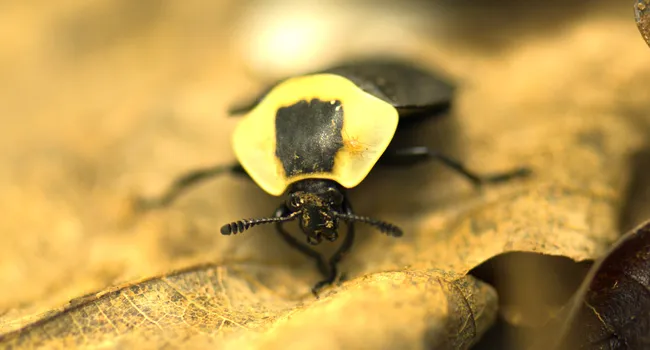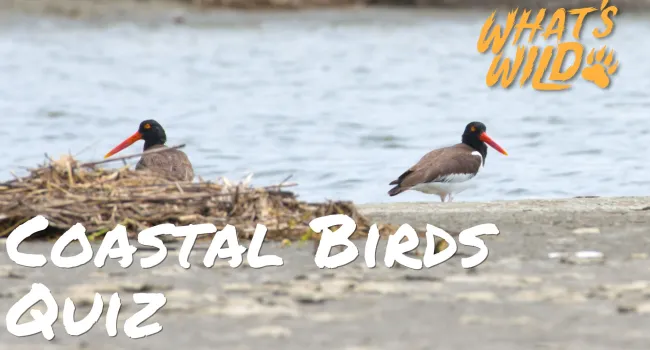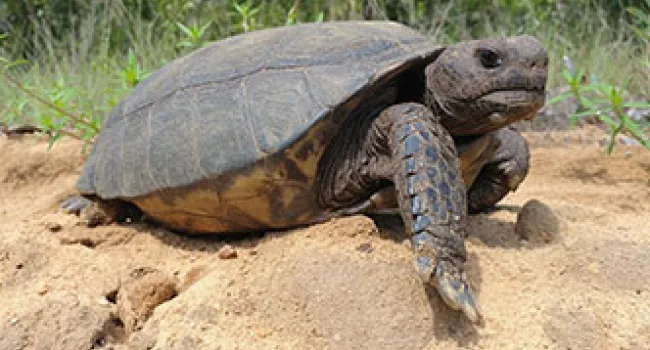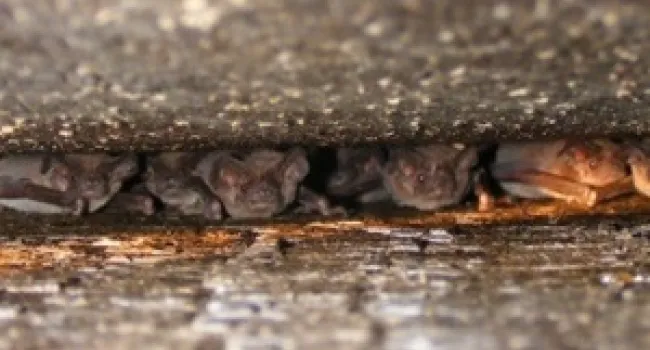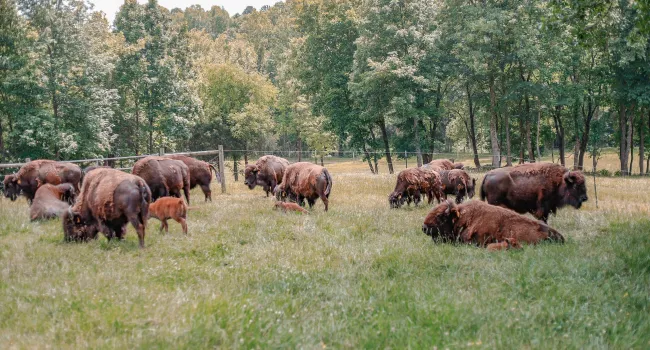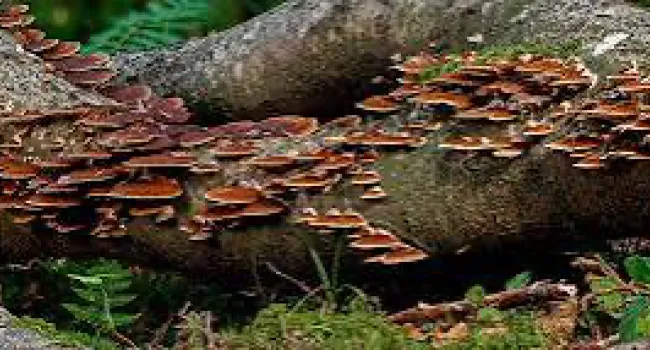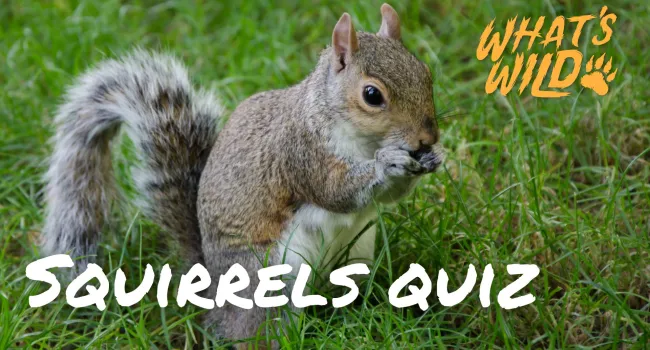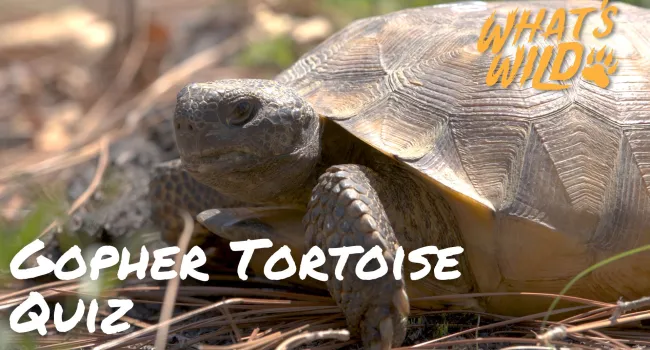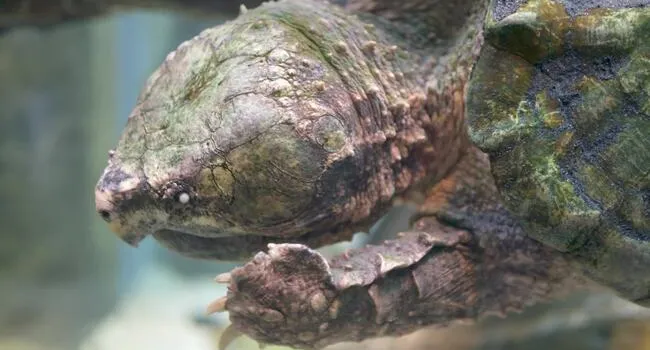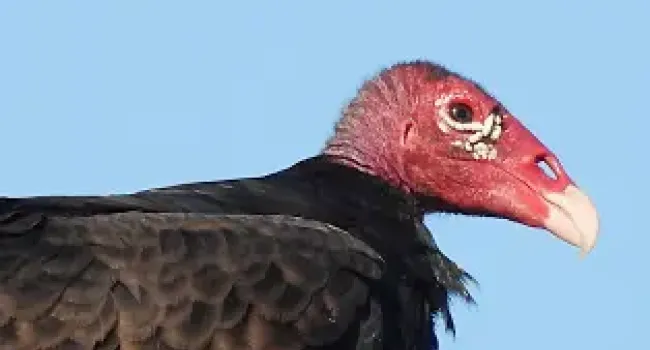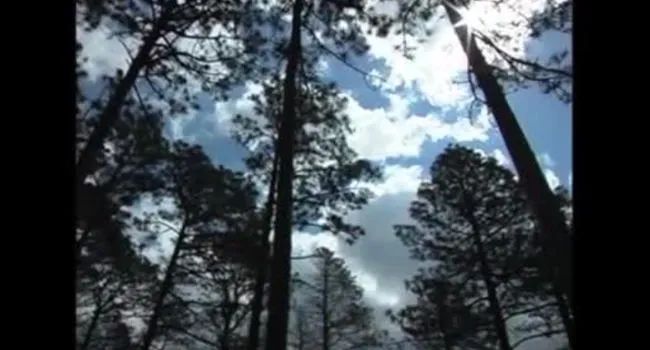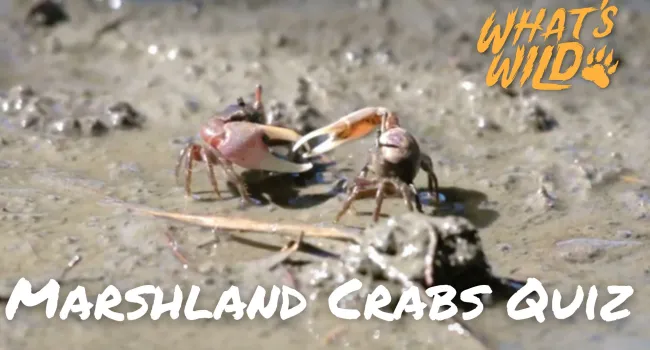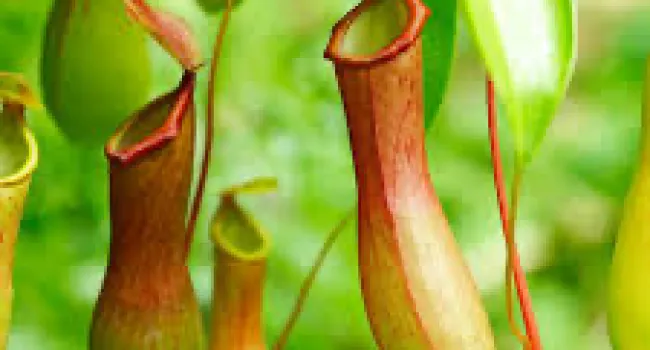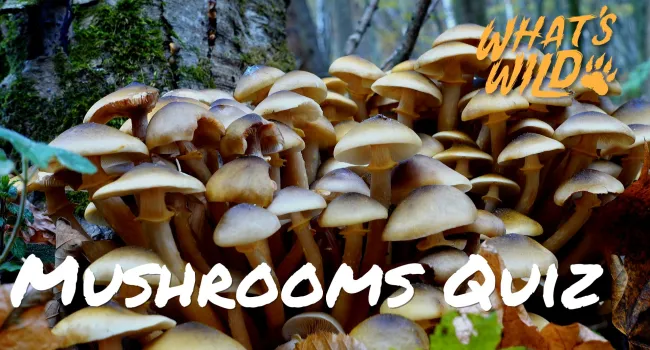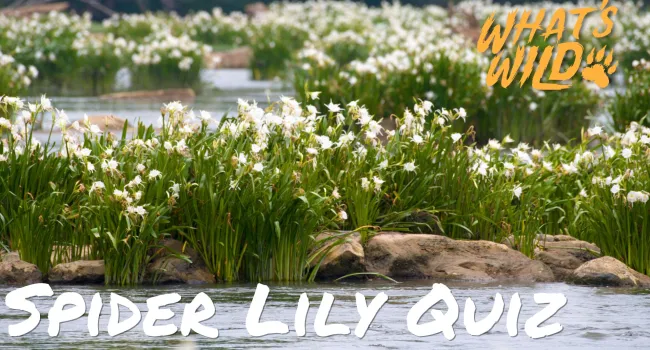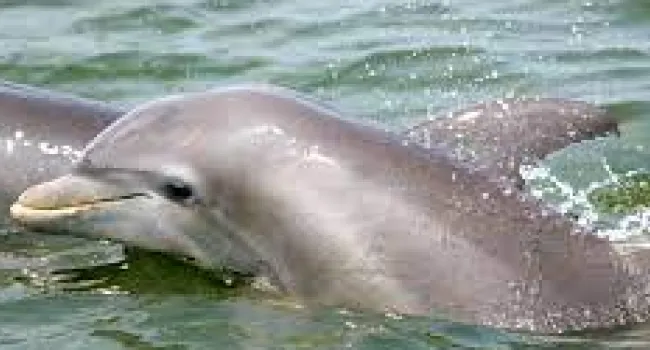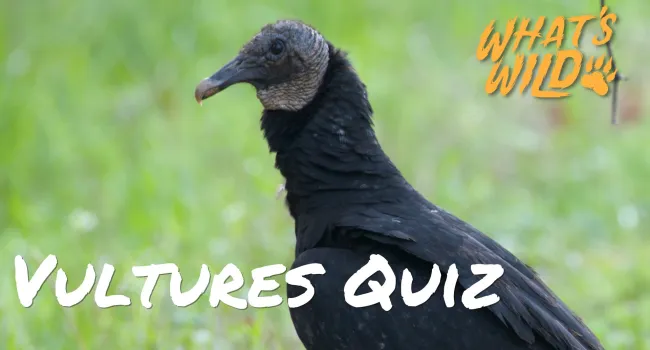We're exploring one of South Carolina's most productive and serene environments, the saltwater marsh. This rich and diverse ecosystem, brimming with marine species, has a dynamic rhythm that beats to the ebb and flow of the tides. We'll also be sailing the seas and taking a look at wildlife management's role in keeping tabs on the local crustacean population.
Standards
- 1-LS1-1 Use materials to design a solution to a human problem by mimicking how plants and/or animals use their external parts to help them survive, grow, and meet their needs.
- 1-LS1-2 Obtain information from multiple sources to determine patterns in parent and offspring behavior that help offspring survive.
- 3-LS2-1 Construct an argument that some animals form groups that help members survive.
- 3-LS3-2 Use evidence to support the explanation that traits can be influenced by the environment.
- 3-LS4-2. Use evidence to construct an explanation for how the variations in traits among individuals of the same species may provide advantages in surviving and producing offspring.
- 3-LS4-3. Construct an argument with evidence that in a particular habitat some organisms can thrive, struggle to survive, or fail to survive.
- 4-LS1-1. Construct an argument that plants and animals have internal and external structures that function together in a system to support survival, growth, behavior, and reproduction.
- 7-LS2-5 Evaluate competing design solutions for maintaining biodiversity and ecosystem services.
- 8-LS1-4 Use arguments, based on empirical evidence and scientific reasoning, to support an explanation for how characteristic animal behaviors and specialized plant structures affect the probability of successful reproduction of animals and plants respectively.
- 8-LS4-6 Use mathematical representations to support explanations of how natural selection may lead to increases and decreases of specific traits in populations over time.
- B-LS4-4. Construct an explanation based on evidence for how natural selection leads to adaptation of populations
Resources
You need to be logged in to listen to view this content. Create an account now; it's quick, easy, and free!
Log In to View

